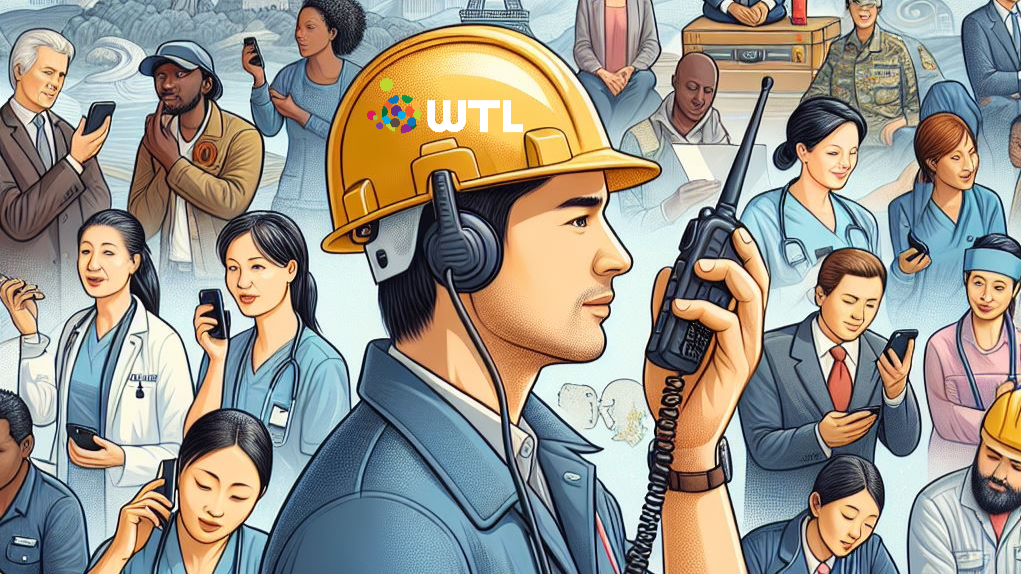Where are the bottlenecks in connectivity and where should investment be directed? Read our review of an excellent session from ITW.
An excellent presentation from Xalam Analytics* at ITW highlighted the great strides that have been taken in connecting Africa to the global internet. According to the research, international access has grown dramatically since 2010, but despite rapid growth in 4G LTE and ongoing investment in metro fibre, bottlenecks remain.

For example, while Rwanda enjoys LTE coverage for greater than 90% of the population, in most other countries, it reaches fewer than 50% of the people. As a result, data costs are high, particularly when considered as a proportion of income. Not only is access restricted, there’s also the problem of local hosting, with the majority of the most popular sites in each country being hosted overseas – which raises questions about data integrity. So, there are several key challenges. First, access – Xalam suggests that there is a compelling need for more open access to fibre, perhaps through neutral or wholesale providers. Second, while there are more hosting and co-location sites, data often resides abroad, and it may need to be repatriated, so that more value can be secured locally. Third, more mobile data access is needed to increase the LTE footprint. That requires concerted action to encourage investment and to provide national roaming solutions to extend coverage via open resources.
Yes, change is coming, but it must accelerate to bring the benefits of connectivity to more people and businesses and to ensure that, not only the African digital divide narrows, but also that the rural / urban divide is addressed in each country. That’s another reason to attend our webinar, so don’t delay – register today to find out how to deliver FWA and mobile broadband coverage, cost-effectively with WTL.
* Xalam Analytics is a research and data analytics firm, focused on connectivity, digital services, cloud, and IoT markets in Africa and the Middle East.


